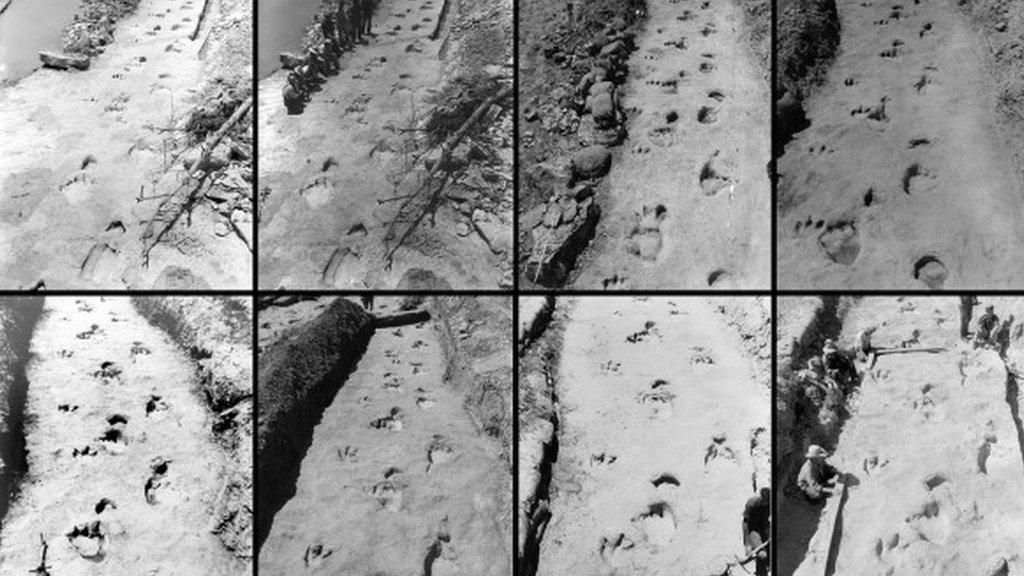Natural History Museum receives £5m donation
- Published
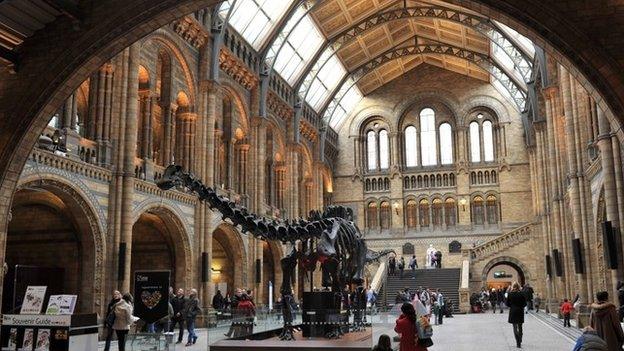
The £5m is the biggest single donation in the museum's 133-year history
The Natural History Museum's Central Hall is to be renamed following a £5m donation from philanthropists Sir Michael and Lady Hintze.
The London-based couple's gift is the biggest single donation the museum has received in its 133-year history.
To mark it, the museum's cathedral-like hall, home to a replica dinosaur skeleton of a diplodocus, is to be renamed Hintze Hall.
The money will be used for scientific research and to maintain collections.
The museum, which attracted 5.3 million visitors last year, said it had received seven-figure gifts and donations from individuals before, but had seen nothing on this scale.
Sir Michael, the founder of asset management firm CQS and a Conservative party donor, said it was a privilege to donate the funds.
"Our gift recognises the museum's great value as a cultural and scientific institution, enjoyed by millions including ourselves," he said.
"We feel privileged to be able to make a contribution towards securing this centre of scientific knowledge and research for present and future generations."
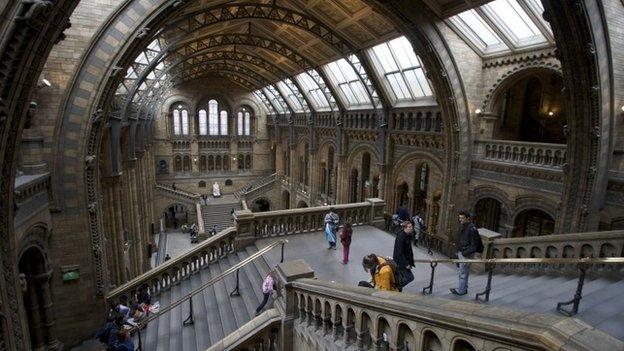
The cathedral-like hall, which is to be renamed, is one of the most prominent spaces in the museum
The donation, which was made through the Hintze Family Charitable Foundation, will help plug a gap in public funding.
The Natural History Museum, which was the third most popular UK visitor attraction in 2013, received more than £45m in public subsidy last year.
Only the British Museum and the National Gallery had more people through their doors.
But like other cultural organisations, it faces ongoing cuts.
An increasing number of institutions, particularly in London, now bear names of sponsors, including galleries at the Victoria and Albert Museum, and the Tate.
The hall being renamed is one of the most prominent spaces in the museum, which visitors enter at its Cromwell Road entrance.
Museum director Dr Michael Dixon said the donation represented a "big step towards ambitious plans" for the future, both for science and the galleries.
He said the museum was "extremely grateful".
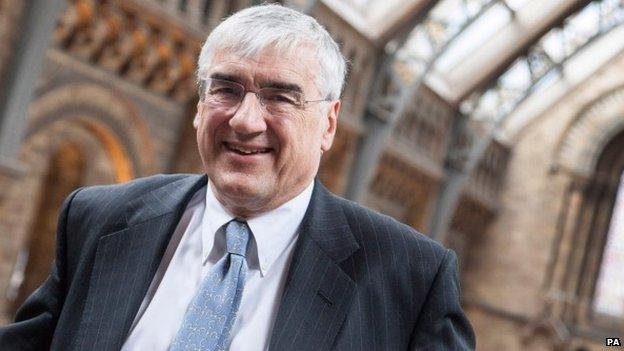
Sir Michael says the donation recognises the museum's "great value as a cultural and scientific institution"
Culture Secretary Sajid Javid said the gift was "incredibly generous".
"Sir Michael has a long and most distinguished record of philanthropy, supporting culture and the arts alongside many other good causes," he said.
"This donation, however, is extraordinary not simply in terms of its scale, but also as a truly magnificent example of philanthropic investment. It will have a real and lasting impact on the Natural History Museum."
Sir Michael, who received a knighthood last year for his charitable contributions to the arts, has numerous philanthropic interests.
Among those to have receive donations from the Hintze Family Charitable Foundation are the Old Vic Theatre and two major galleries at the Victoria and Albert Museum, the Trinity Hospice and The Oxford Foundation for Theoretical Neuroscience and Artificial Intelligence.
The beginnings of the Natural History Museum can be traced back to 1753, when Sir Hans Sloane left his collection of curiosities to the nation.
It was originally housed in the British Museum until the man in charge of the collection, Sir Richard Owen, convinced the government it needed its own building.
The Waterhouse Building, in South Kensington, was eventually opened to the public in 1881.

The Natural History Museum attracted 5.3 million visitors last year
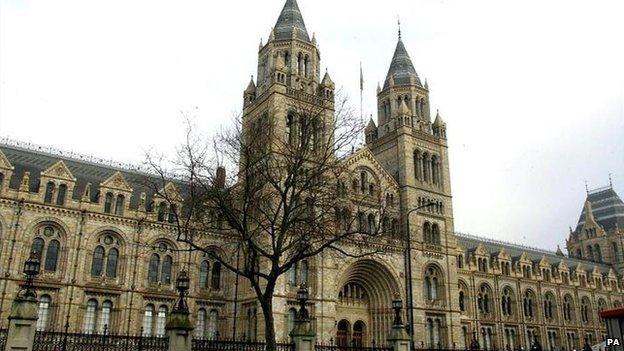
Visitor numbers made it the third most popular UK visitor attraction
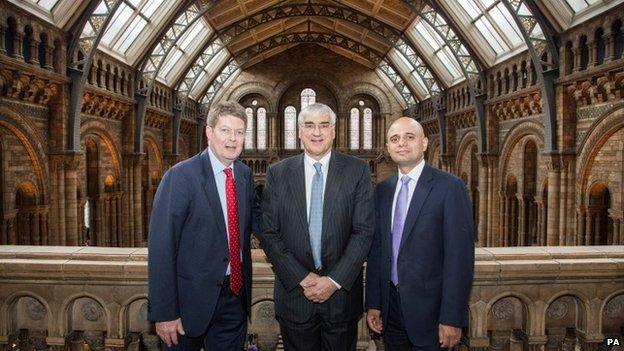
Dr Dixon, pictured here with Sir Michael and Mr Javid, says the £5m donation is a "big step towards ambitious plans"
- Published5 March 2014

- Published15 April 2014
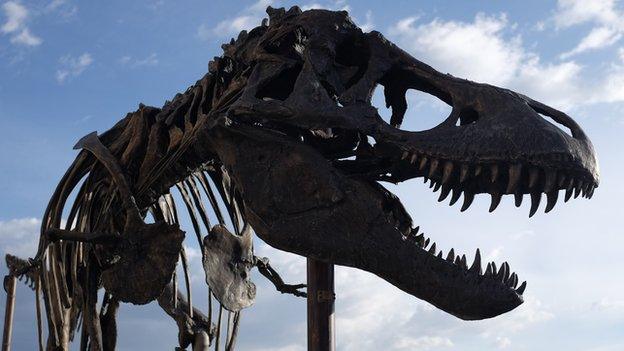
- Published3 April 2014
